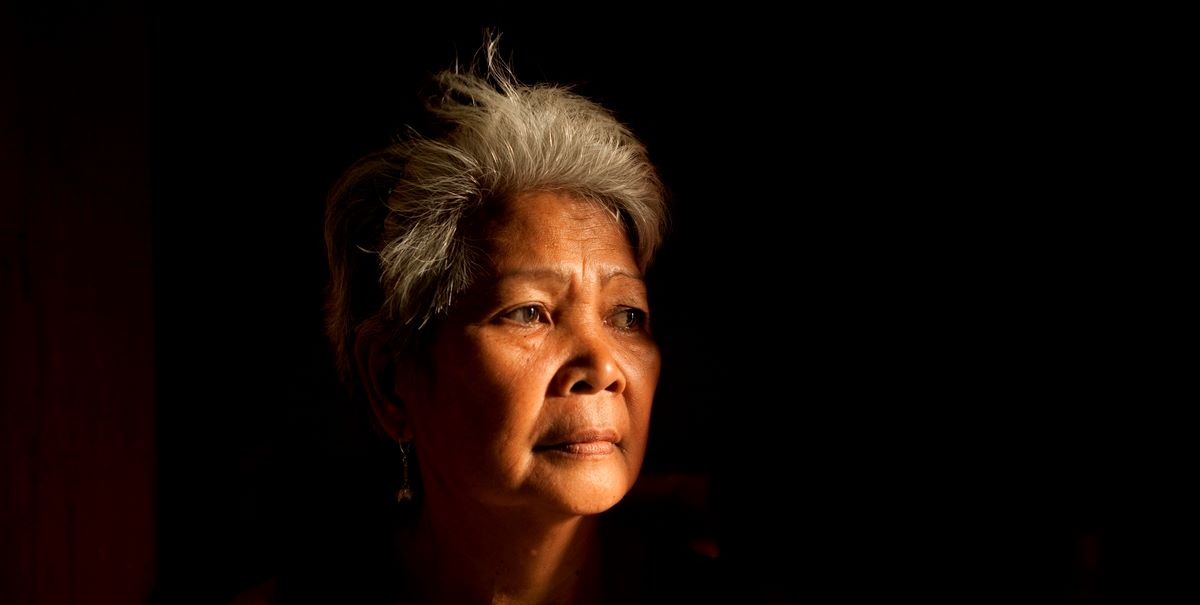
Immersed in the heart of Egypt‘s timeless history, the Valley of the Kings stands as an enigmatic testament to the ancient world. Nestled along the banks of the Nile River near Luxor, this revered burial ground is a sacred site that reveals the remarkable legacy of pharaohs from the New Kingdom era. With its majestic cliffs and sun-scorched landscapes, the valley exudes an aura of mystique and grandeur. Within its depths lie meticulously constructed tombs adorned with intricate carvings and vibrant murals, showcasing the meticulous craftsmanship and religious beliefs of a bygone era. Join us on a journey through time as we explore the captivating history and unparalleled beauty of the Valley of the Kings. In this article, we embark on a captivating exploration of the Valley of the Kings, unraveling its historical significance and uncovering the remarkable treasures that lie hidden beneath the desert sands.
The Royal Necropolis at the Valley of the Kings
The Royal Necropolis, nestled within the revered Valley of the Kings, holds an otherworldly allure that beckons explorers to uncover the secrets of ancient Egypt‘s divine rulers. In this article, we delve into the depths of this sacred burial ground, where pharaohs sought eternal majesty in their final resting place. Step back in time as we unravel the rich tapestry of the Royal Necropolis, shedding light on its historical significance and the rituals surrounding the pharaohs’ journey to the afterlife. The Royal Necropolis served as the exclusive domain for the burial of Egypt’s most revered pharaohs during the New Kingdom era. Far from the prying eyes of the living, this sacred enclave safeguarded the regal tombs that held the remains and treasures of the divine rulers. It was believed that in death, the pharaohs would ascend to join the gods and continue their divine reigns in the afterlife.
Within the Royal Necropolis, the tombs were meticulously constructed, reflecting the grandeur and opulence befitting the pharaohs. The elaborate architecture, adorned with intricate carvings and adorned walls, depicted sacred rituals, mythological tales, and the pharaoh’s journey to the eternal realm. The tomb walls served as a gateway to the afterlife, guiding the pharaohs through perilous trials and granting them access to immortality. Each tomb in the Royal Necropolis held its unique treasures, meticulously prepared to accompany the pharaohs in their journey beyond mortal existence. Ornate funerary masks, golden sarcophagi, precious jewels, and sacred artifacts were interred within the tombs, ensuring the pharaohs’ eternal magnificence and wealth.
If you’re planning a trip to Egypt, then Egypt Tour is an Egyptian travel agency that must be your choice for an unforgettable experience. With Egypt Tours Portal, you can embark on a captivating journey through the wonders of this ancient land. Explore the iconic Valley of the Kings, where you’ll encounter the magnificent tombs of pharaohs, adorned with intricate carvings and vibrant paintings. Marvel at the timeless splendor of the pyramids, immerse yourself in the awe-inspiring temples and uncover the mysteries of ancient tombs. Egypt Tour Portal ensures that you’ll enjoy the best services, including knowledgeable guides and comfortable accommodations, allowing you to fully immerse yourself in the rich history and culture of Egypt. Don’t miss out on the opportunity to create lifelong memories. Plan your trip with Egypt Tours Portal and let the magic of Egypt unfold before your eyes.
The Famous Tombs at the Valley of the Kings
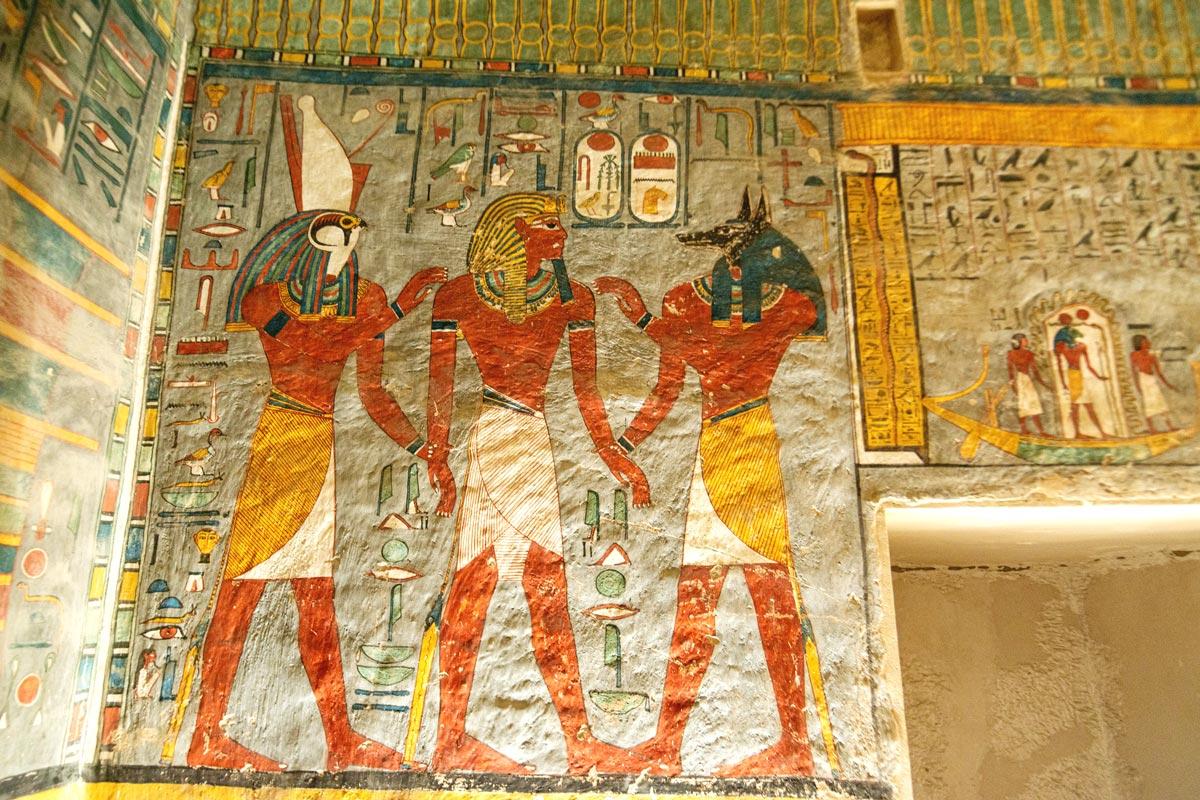
The Valley of the Kings has long captivated the world with its hidden treasures and enigmatic tombs. Each of these famous tombs in the Valley of the Kings offers a window into the ancient Egyptian civilization, revealing the religious beliefs, artistic prowess, and profound cultural significance of the pharaohs who shaped the course of history. Exploring these remarkable sites provides a unique opportunity to connect with the distant past and unravel the mysteries of the pharaohs’ eternal journey.
Tomb of Tutankhamun (KV62)
Tutankhamun’s tomb is undoubtedly the most renowned and significant discovery in the Valley of the Kings. Discovered by Howard Carter in 1922, it provided an unparalleled glimpse into the wealth and splendor of the 18th Dynasty of ancient Egypt. The tomb contained four chambers, including the burial chamber where Tutankhamun’s golden sarcophagus lay. The walls of the tomb were adorned with intricate paintings and hieroglyphic inscriptions, depicting the pharaoh’s journey to the afterlife and scenes from Egyptian mythology. Among the remarkable treasures found were the iconic solid gold funerary mask, jewelry, chariots, and a vast array of artifacts.
Tomb of Ramses II (KV7)
Ramses II, one of ancient Egypt’s most renowned pharaohs, constructed a monumental tomb in the Valley of the Kings. The tomb, known as KV7, is one of the largest in the valley and showcases the grandeur and architectural prowess of Ramses II’s reign. The tomb consists of multiple corridors, chambers, and side chambers adorned with elaborate reliefs and inscriptions. The walls depict scenes from Ramses II’s military campaigns, religious rituals, and his interactions with gods and goddesses. Although the tomb was looted in antiquity, its impressive scale and artistic representations offer invaluable insights into the reign of this iconic pharaoh.
Tomb of Hatshepsut (KV20)
Hatshepsut, one of ancient Egypt’s few female pharaohs, left behind a lasting legacy and an extraordinary tomb in the Valley of the Kings. Known as KV20, her tomb features a unique architectural design with a series of interconnected corridors, chambers, and hidden stairways. The walls of the tomb were adorned with intricate reliefs depicting Hatshepsut’s divine birth, her reign, and her mortuary rituals. The tomb also served as the final resting place for her father, Thutmose I. Despite the damage caused by ancient tomb robbers, the tomb of Hatshepsut remains a remarkable testament to her rule and her enduring influence on ancient Egyptian history.
Tomb of Seti I (KV17)
The tomb of Seti I, the second pharaoh of the 19th Dynasty, is renowned for its exquisite artwork and intricate detail. KV17 is one of the longest and deepest tombs in the valley. The walls of the tomb are adorned with elaborate scenes depicting religious rituals, the pharaoh’s divine connections, and his journey through the afterlife. Seti I’s sarcophagus, carved from a single block of alabaster, showcases the exceptional craftsmanship of ancient Egyptian artisans. Despite being heavily damaged by flooding, the tomb of Seti I still reflects the grandeur and reverence associated with the royal burials in the Valley of the Kings.
Tomb of Amenhotep III (WV22)
Although not located directly in the Valley of the Kings, the tomb of Amenhotep III is a notable funerary complex situated on the West Bank of the Nile, adjacent to the valley. WV22 is the official tomb number assigned to this impressive mortuary temple. The tomb complex originally consisted of two levels, with the upper level featuring a chapel and a statue of the pharaoh. Unfortunately, the lower level was damaged over time. The burial chamber of Amenhotep III contained several sarcophagi, including a quartzite sarcophagus in which the pharaoh was interred. The walls of the tomb were adorned with scenes depicting religious rituals, offerings to the gods, and the pharaoh’s journey to the afterlife.
Tomb of Thutmose III (KV34)
The tomb of Thutmose III, one of the greatest military pharaohs of ancient Egypt, is an impressive burial site within the Valley of the Kings. KV34 features a long descending corridor leading to multiple chambers. The walls of the tomb showcase detailed reliefs and inscriptions depicting the pharaoh’s military victories and religious rituals. The burial chamber houses a sarcophagus made of red quartzite, where Thutmose III was laid to rest. Despite being one of the smaller tombs in the valley, it is a testament to the reign and accomplishments of this mighty pharaoh.
Tomb of Merenptah (KV8)
The tomb of Merenptah, the thirteenth son of Ramses II, is one of the largest and most elaborate tombs in the Valley of the Kings. KV8 boasts a complex layout with multiple corridors, chambers, and side chambers. The walls are adorned with detailed scenes depicting the pharaoh’s military campaigns, religious rituals, and offerings to the gods. The burial chamber houses a series of sarcophagi, including the red quartzite sarcophagus of Merenptah. The tomb also contains intricate decorations, such as colorful ceiling paintings and intricately carved reliefs, showcasing the artistic achievements of the time.
Each tomb tells a unique story, offering a glimpse into the lives, beliefs, and achievements of the pharaohs who once ruled over this ancient civilization.
Hidden Location
Beyond the well-known tombs that adorn the Valley of the Kings, lies a realm of hidden locations waiting to be discovered. These elusive sites, tucked away from the prying eyes of the world, hold untold stories and untapped treasures. From hidden chambers within known tombs to unexplored areas yet to be unearthed, the Valley of the Kings continues to reveal its secrets to intrepid explorers and archaeologists.
These hidden locations offer a glimpse into the lesser-known aspects of ancient Egyptian burial practices and religious beliefs. Some contain hidden passages and chambers that were designed to safeguard the pharaohs’ treasures and ensure their eternal protection. Others hold clues to yet-unsolved mysteries, waiting for researchers to decipher their enigmatic messages.
While the Valley of the Kings has been extensively studied and excavated, the allure of the hidden locations continues to captivate the imagination. These hidden sites beckon adventurous souls to venture further, to peel back the layers of history and unravel the secrets that lie beneath the desert sands.
Exploring these hidden locations not only expands our knowledge of ancient Egypt but also offers a sense of excitement and wonder. With each discovery, the Valley of the Kings reinforces its status as an archaeological wonderland, where the past converges with the present, and the mysteries of a bygone era unfold before our very eyes.
Elaborate Tombs of the Valley of the Kings
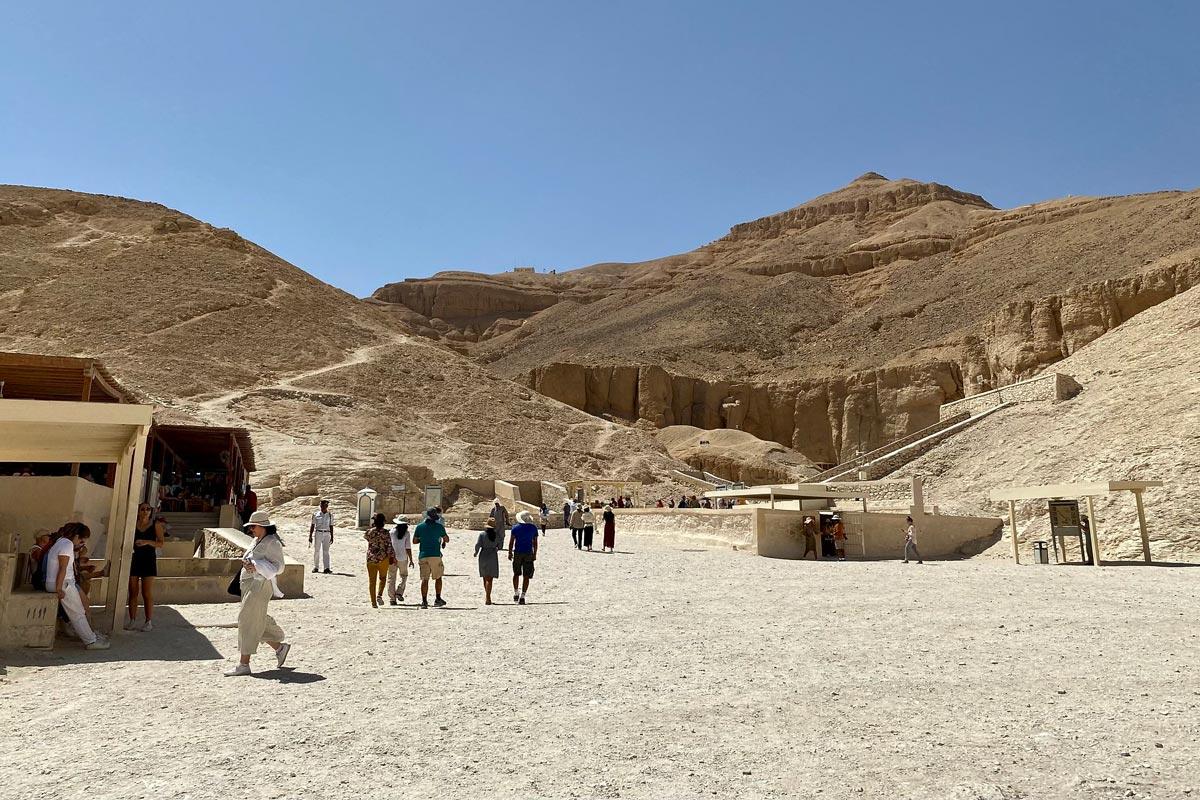
The Valley of the Kings stands as a testament to the architectural prowess and artistic finesse of ancient Egypt. Within this sacred burial ground lie the elaborate tombs that served as eternal resting places for the pharaohs of the New Kingdom. These tombs, meticulously crafted and adorned with intricate carvings and vibrant paintings, offer a glimpse into the grandeur and opulence that surrounded the ancient Egyptian royals.
Each tomb within the Valley of the Kings was designed as a complex architectural marvel, reflecting the divine status of the pharaohs. The tombs feature elaborate corridors, burial chambers, and side chambers, all adorned with symbolic representations and scenes from Egyptian mythology. Walls and ceilings are covered in colorful frescoes, depicting religious rituals, offerings to gods, and the pharaoh’s journey to the afterlife.
The construction of these tombs required immense planning, engineering expertise, and the skilled craftsmanship of artisans. The grandeur of the tombs served not only as a final resting place but also as a testament to the pharaoh’s power and divine connection.
The tombs within the Valley of the Kings also served a practical purpose, offering protection for the pharaohs and their burial treasures. Intricate security measures, such as concealed entrances, false passages, and hidden chambers, were implemented to deter tomb robbers and preserve the sanctity of the royal burials.
Among the most renowned tombs in the Valley of the Kings is that of Tutankhamun, which revealed a treasure trove of extraordinary artifacts, including the iconic golden funerary mask. The tomb of Ramses II, known as Ramses the Great, boasts impressive wall reliefs depicting his military victories and religious ceremonies. The tomb of Hatshepsut showcases the unique architectural design of her mortuary complex, with terraces and colonnades carved into the natural rock formations.
These elaborate tombs of the Valley of the Kings are not only a testament to the ancient Egyptians’ reverence for their pharaohs but also a vivid representation of their beliefs in the afterlife and their commitment to preserving the legacy of their rulers. Exploring these tombs offers a profound insight into the culture, religion, and artistic achievements of one of the world’s greatest ancient civilizations.
Preservation of the Dead
In the illustrious Valley of the Kings, ancient Egyptians perfected the art of preserving the dead, ensuring the eternal existence of their pharaohs in the afterlife. The preservation process, steeped in religious beliefs and intricate rituals, aimed to protect the physical body and maintain its integrity for the soul’s journey to the divine realm.
Mummification was the cornerstone of the preservation practices in ancient Egypt. Skilled embalmers meticulously removed organs, desiccated the body, and wrapped it in layers of linen bandages. The process aimed to prevent decomposition and retain the pharaoh’s physical form, enabling the soul to recognize and inhabit its earthly vessel in the afterlife.
Ancient Egyptians believed that the provision of food, drink, and personal possessions within the tombs would sustain the pharaoh’s ka (life force) in the afterlife. Vast quantities of food, furniture, jewelry, and even pets were included in the burial chambers, providing the deceased with the necessities and comforts needed for their eternal journey.
Today, the preservation of the dead in ancient Egypt continues to astound and captivate modern researchers and visitors. The remarkable state of many mummies discovered within the Valley of the Kings, including the iconic pharaoh Tutankhamun, attests to the effectiveness of the embalming and burial practices employed by the ancient Egyptians.
The preservation of the dead in the Valley of the Kings exemplifies the deep-rooted beliefs of the ancient Egyptians in the continuity of life after death. The meticulous mummification process, the construction of elaborate tombs, and the provision of offerings all aimed to secure the pharaohs’ immortality and everlasting presence in the divine realms.
Tutankhamun’s Tomb
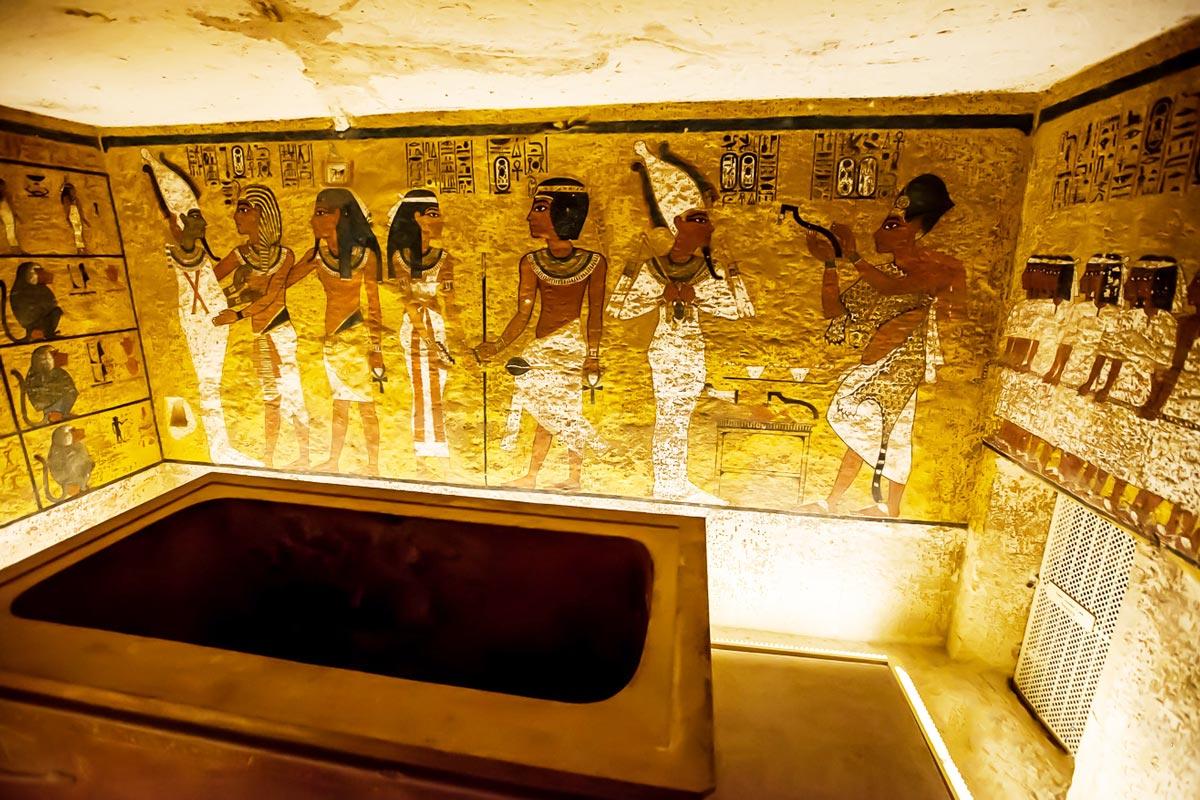
The discovery of Tutankhamun‘s tomb in the Valley of the Kings by Howard Carter in 1922 unveiled an unparalleled archaeological treasure trove that continues to captivate the world. The tomb, designated as KV62, offers an intimate glimpse into the opulent and mysterious world of the young pharaoh.
The burial chamber of Tutankhamun’s tomb held a wealth of extraordinary artifacts, including the iconic solid gold funerary mask that has become an emblem of ancient Egypt. The walls of the tomb were adorned with intricately painted scenes and hieroglyphic inscriptions depicting the pharaoh’s journey to the afterlife, surrounded by ancient Egyptian gods and goddesses.
The discovery of the tomb shed light on the burial practices and material wealth of the 18th Dynasty, providing invaluable insights into the art, culture, and religious beliefs of ancient Egypt. The meticulous preservation of the tomb’s contents, ranging from ornate chariots and elaborate jewelry to ritual objects and precious amulets, has allowed historians and enthusiasts alike to piece together the story of Tutankhamun’s life and reign.
Tutankhamun’s tomb stands as a testament to the enduring legacy of the boy king and the extraordinary craftsmanship of ancient Egyptian artisans. Its remarkable contents continue to fascinate and inspire awe, offering a window into a bygone era and a tantalizing glimpse of the richness and splendor that characterized the reign of Tutankhamun.
The Curse of the Pharaohs: Myth or Malediction?
The Curse of the Pharaohs is a legendary belief that has captured the imagination of the world for centuries. According to popular folklore, anyone who disturbs the resting place of an ancient Egyptian pharaoh, such as in the Valley of the Kings, will befall a series of misfortunes, sickness, or even death.
The idea of a curse was perpetuated by media sensationalism and sensationalized accounts of mysterious deaths surrounding the excavation of certain tombs, most notably the tomb of Tutankhamun. The deaths of some individuals associated with these archaeological expeditions further fueled the narrative of a supernatural curse.
However, many experts argue that the Curse of the Pharaohs is nothing more than a myth, attributing the reported deaths and misfortunes to natural causes, coincidence, or psychological suggestion. They emphasize that the curse stories were exaggerated or even fabricated to add allure and intrigue to the already captivating world of ancient Egypt.
Archaeological evidence and scientific research have failed to provide substantial proof of a supernatural curse. Moreover, the majority of those involved in the exploration and study of ancient Egyptian tombs have not suffered any ill effects.
While the Curse of the Pharaohs may remain a captivating aspect of popular culture, it is essential to approach the topic with a critical lens and recognize the distinction between folklore and historical reality. The tombs of the Valley of the Kings continue to be explored and studied by archaeologists, shedding light on the rich history and cultural heritage of ancient Egypt without the haunting specter of a supernatural curse.
Ongoing Archaeological Exploration
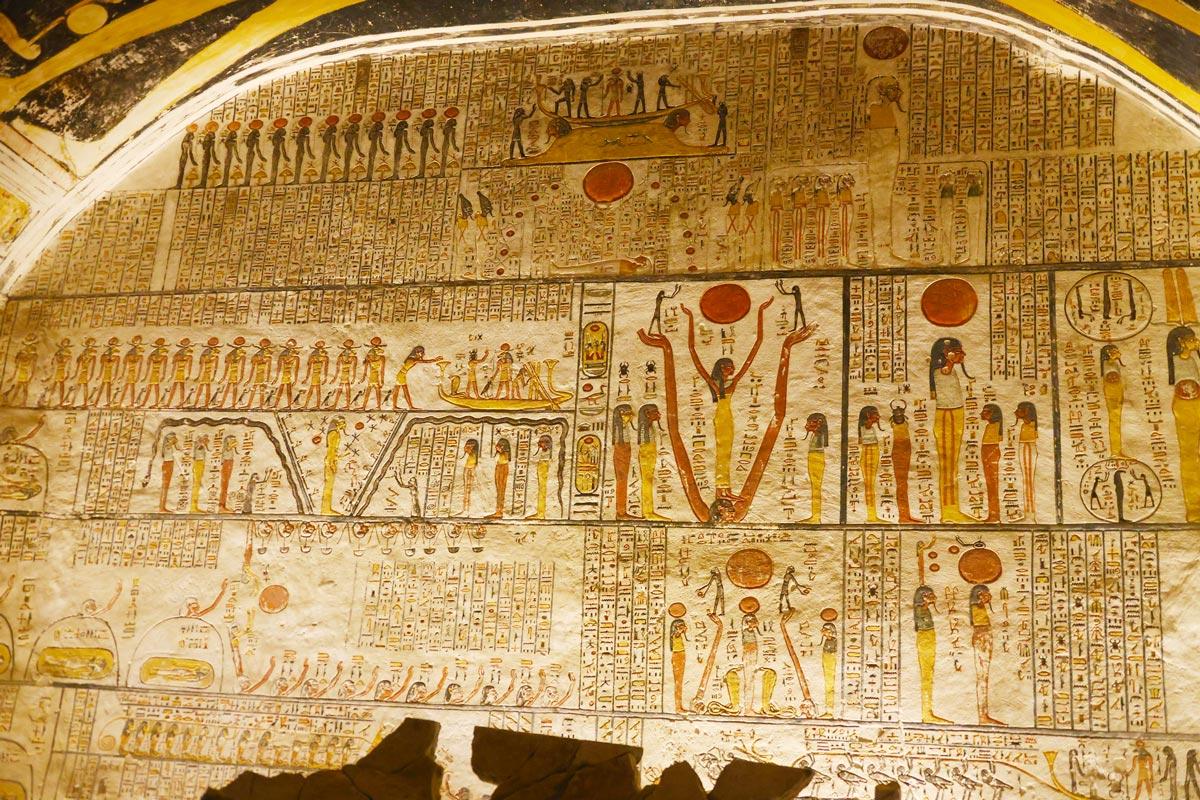
The Valley of the Kings, despite its rich history and numerous discoveries, remains an active site of ongoing archaeological exploration. Dedicated teams of archaeologists, researchers, and experts continue to delve into its mysteries, unearthing new insights into the lives of ancient Egyptian pharaohs and their burial practices.
Advancements in technology and research methods have allowed for more precise and detailed examinations of the tombs and their contents. Non-invasive techniques, such as ground-penetrating radar and 3D scanning, are being employed to map and analyze the structures hidden beneath the desert sands, revealing hidden chambers, corridors, and even potential undiscovered tombs.
These modern explorations aim not only to uncover new archaeological finds but also to deepen our understanding of the Valley of the Kings as a complex funerary landscape. Researchers are investigating the connections between different tombs, identifying patterns in the construction and decoration styles, and studying the religious and cultural significance embedded within the site.
The continuous excavation and study of the Valley of the Kings provide a dynamic platform for scholars to expand upon existing knowledge and challenge previous assumptions. Each new discovery adds another piece to the complex puzzle of ancient Egyptian civilization, shedding light on their beliefs, rituals, and societal dynamics.
As the sands of time gradually reveal their secrets, the ongoing archaeological exploration in the Valley of the Kings showcases the enduring allure and significance of this ancient burial ground. It serves as a reminder that there is still much to learn and unravel about the fascinating world of the pharaohs, ensuring that this captivating chapter of human history continues to inspire and intrigue us for generations to come.
Conclusion
In conclusion, the Valley of the Kings holds a special place in history, showcasing the awe-inspiring achievements of ancient Egypt. Its elaborate tombs, preservation practices, and ongoing archaeological exploration serve as a reminder of the incredible architectural and cultural legacy left behind by the pharaohs. This sacred site continues to fascinate and inspire, inviting us to delve deeper into the mysteries of the past and unravel the secrets of this remarkable civilization.
Was this page helpful?
Our commitment to delivering trustworthy and engaging content is at the heart of what we do. Each fact on our site is contributed by real users like you, bringing a wealth of diverse insights and information. To ensure the highest standards of accuracy and reliability, our dedicated editors meticulously review each submission. This process guarantees that the facts we share are not only fascinating but also credible. Trust in our commitment to quality and authenticity as you explore and learn with us.

